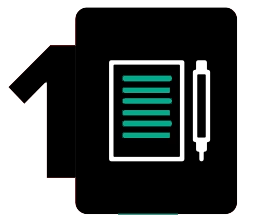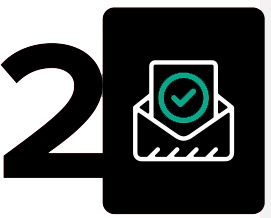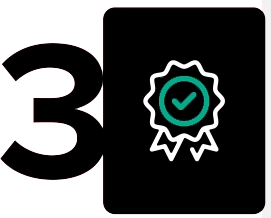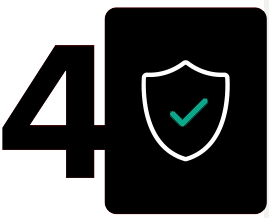Since 2017 it has been mandatory to share more information between the parties involved in a debt claim process, to increase the chances of an Out-of-Court resolution. This is called the Pre-Action Protocol for Debt Claims. The Protocol works on the principle that both the Creditor and Debtor sharing more information will enable each party to better understand the situation, allowing an agreement to be reached without further action or involvement from the Courts.
It is important for you to understand the Pre-Action Protocol and what it means for you during the debt recovery process. It explains clearly how you are expected to behave during the process and the steps required before Court action can begin. Remember, Debt-Claims Solicitors will be by your side every step of the way to ensure you remain within all legal guidelines.
The Pre-Action Protocol does not apply where the debt is subject to another Pre-Action Protocol such as Construction and Engineering or Mortgage Arrears or claims for the Recovery of Taxes and Duties issued by Her Majesty’s Revenue and Customs.




